Machu Picchu, a name synonymous with adventure, history, and breathtaking beauty, stands as one of the most significant archaeological sites in the world. Nestled high in the Andes Mountains of Peru, this ancient Incan citadel draws travelers from all corners of the globe, eager to unravel its rich history and explore its stunning landscapes. If you are considering a visit to Machu Picchu, this comprehensive guide will equip you with essential information and insights to ensure your journey is as rewarding as possible.
A Brief History of Machu Picchu
Constructed in the 15th century during the reign of the Incan emperor Pachacuti, Machu Picchu served as a royal estate or retreat. The site’s name translates to “Old Peak,” derived from the nearby Machu Picchu mountain. For centuries, the existence of this ancient city remained a secret, hidden from the world until it was rediscovered in 1911 by American historian Hiram Bingham.

The architecture of Machu Picchu showcases advanced engineering techniques that involve precise stone cutting and the use of terracing, which allowed the Incas to cultivate crops in the mountainous terrain. The site is believed to have played a crucial role in the Incan economy, serving as a religious, ceremonial, and agricultural center.
Today, Machu Picchu is recognized as a UNESCO World Heritage Site and is considered one of the New Seven Wonders of the World, attracting over a million visitors each year.
Getting There: Routes and Transportation
Reaching Machu Picchu requires some planning, but the journey is a memorable part of the experience. The most common routes to the site start in the city of Cusco, the historical capital of the Inca Empire.
Via Train
The easiest and most popular way to reach Machu Picchu is by train. Several companies operate services between Cusco, Ollantaytambo, and Aguas Calientes, the town closest to Machu Picchu. The train journey offers stunning views of the Sacred Valley, lush landscapes, and snow-capped peaks.
- Train Options: The two primary train services are Perurail and Inca Rail, with various classes ranging from budget to more luxurious options. It’s advisable to book your tickets well in advance, especially during the high season (May to September).
Hiking the Inca Trail
For the more adventurous traveler, the Inca Trail offers a multi-day hike through breathtaking terrain, ancient ruins, and stunning vistas. This iconic trek takes you through the heart of the Andes and concludes at the Sun Gate, where you’ll get your first glimpse of Machu Picchu.
- Trek Duration: The classic Inca Trail spans four days and three nights, though shorter treks are available. It’s crucial to book your Inca Trail permit well ahead of time, as the number of hikers is severely limited to preserve the trail and its surroundings.
Alternative Treks
If the Inca Trail is fully booked or you prefer a less crowded experience, several alternative treks lead to Machu Picchu, such as the Salkantay Trek, Lares Trek, and Inca Jungle Trek. Each offers unique sights and experiences, giving you flexibility in your travel plans.
Best Time to Visit Machu Picchu
Machu Picchu is a year-round destination, but the best times to visit are during the dry seasons from May to September. During these months, the weather is typically clear, with less chance of rain, making it ideal for hiking and exploring.
- Low Season: While the rainy season (October to April) sees fewer tourists, it also brings the risk of rain and mudslide conditions. However, visiting during this time can be rewarding due to fewer crowds and the lush greenery of the Andes.
Practical Tips for Visiting Machu Picchu
Tickets and Admission
Before you embark on your journey, ensure you purchase tickets to Machu Picchu in advance. There are various ticket options, including:
- General Entrance: Allows access to the main site.
- Hiking Options: If you’re interested in climbing Huayna Picchu or Machu Picchu Mountain, tickets for these hikes are separate and limited.
Once you acquire your ticket, download it digitally or print it out, as you’ll need to present it upon entry.
What to Bring
Packing appropriately for your visit to Machu Picchu can make your experience more enjoyable. Here are some essentials:
- Comfortable Footwear: A good pair of hiking shoes or sturdy walking shoes is essential for navigating the uneven stone paths.
- Water: Stay hydrated, especially if hiking. Bring a refillable water bottle to minimize waste.
- Weather Gear: The weather can change rapidly in the Andes. A lightweight rain jacket and sun protection (hat, sunscreen) are advisable.
- Camera/Smartphone: Capture the stunning views, but remember to be respectful of the site’s rules and fellow visitors.
Guided Tours
While it’s possible to explore Machu Picchu independently, joining a guided tour can provide deeper insights into the site’s history and significance. Knowledgeable guides can explain the intricate stonework, architectural styles, and cultural context of the ruins, enhancing your understanding of this marvel.
Explore More: Things to Do in Machu Picchu
Beyond just sitting on the stones and absorbing the atmosphere, Machu Picchu offers numerous activities and explorations:
- Visit the Intihuatana: This ritual stone, often referred to as the “Hitching Post of the Sun,” is believed to have been used by Incas for astronomical observations and rituals.
- Explore the Temple of the Sun: A fascinating structure showcasing the Incas’ unparalleled architectural skills, this temple aligns with the solstice sun.
- Hike to Huayna Picchu: The steep ascent rewards you with panoramic views of Machu Picchu and the surrounding landscapes. Note that you must secure a ticket in advance for this hike.
- Wander through the Agricultural Terraces: These terraces are a testament to Incan ingenuity in utilizing mountainous terrain for farming.

Cultural Etiquette and Preservation Efforts
Machu Picchu is not only a site of historical importance; it is also a place of cultural significance to the original inhabitants of the region. It is important to be respectful during your visit:
- Stay on Designated Paths: To help preserve the site, stick to the marked trails and walkways.
- Leave No Trace: Carry out all rubbish and avoid leaving any personal items behind.
- Respect Local Customs: Understand and appreciate the traditions of the indigenous communities that call this region home.
Machu Picchu is more than just a tourist destination; it is a gateway into the rich tapestry of the Incan civilization and the breathtaking landscapes of Peru. As you walk through its ancient pathways, you will not only marvel at its grandeur but also gain insight into a culture that has shaped the Andes for centuries. Whether you embark on a challenging hike, take a scenic train ride, or explore the ruins with a guide, your visit to Machu Picchu promises to be an unforgettable experience that resonates long after you’ve returned home. So pack your bags, lace up your shoes, and prepare to discover the wonders of this captivating site!

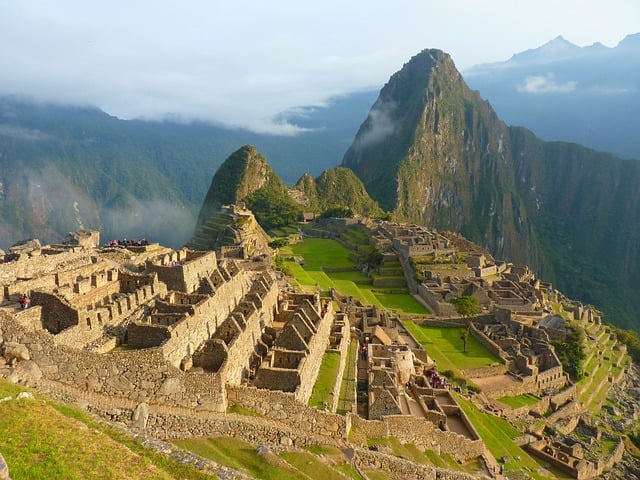
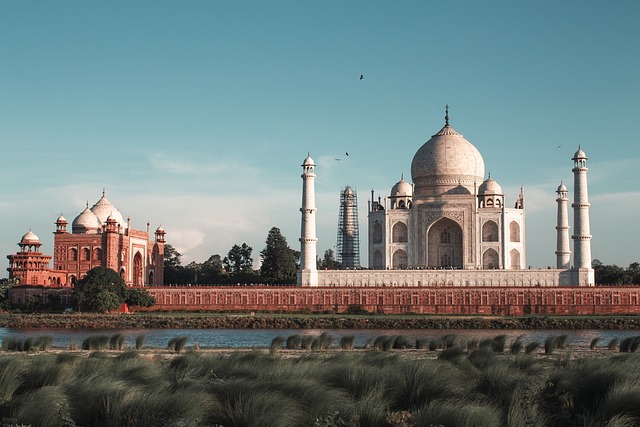
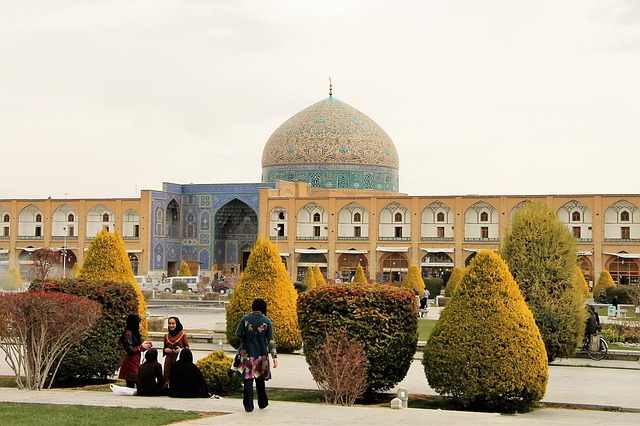
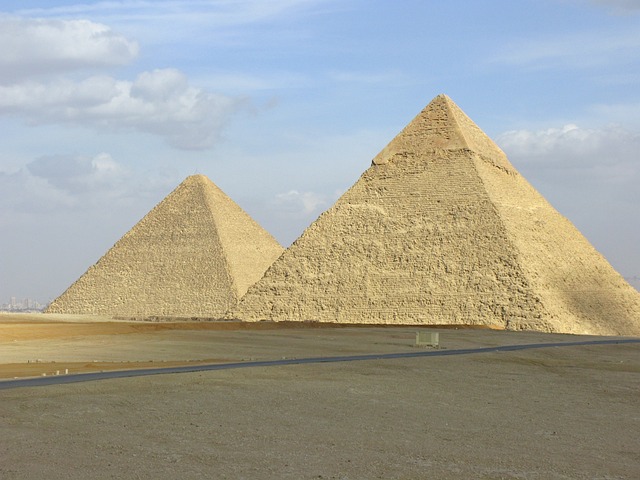
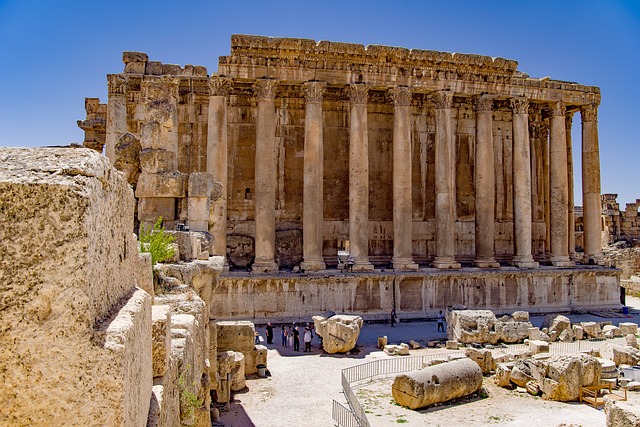
I like what you guys are usually up too. This type of clever work and exposure! Keep up the very good works guys I’ve added you guys to blogroll.